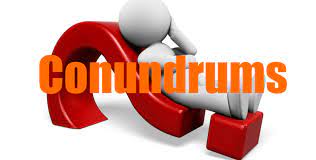Enculturation.
Many think of marketing as acquisition. Or lead generation. Business leaders in that mode don’t really understand brand planning. What often drives leaders who think this way towards branding or rebranding are: old logos, mergers and acquisitions, and boredom. Brand planning though, is all about strategy.
At What’s The Idea? a brand plan is defined as one strategic idea (or claim) and the three support planks – planks that prove the claim and organize how business is done. A mark or logo is best if it supports that idea. Salespeople and operations people are optimized if they are guided by an organizing principle. Those businesses who don’t get branding can’t ask employees to go out and “blue” for the company based on the color palette or “leader” for the company, based on a mission statement.
A brand plan makes it so that when every employee leaves the building at night they can ask themselves a strategic question about their performance. And that is the litmus test.
I like to say “campaigns come and go, a powerful brand idea is indelible.” Leads come and go. Customers come and go. Brands strategy should not. If it’s not about building and maintaining business through strategy, it’s not a brand plan.
Employees come and go too, their understanding of the strategy should not. Executives talk all the time about company culture. At the best companies strategy is enculturated. Peace.





